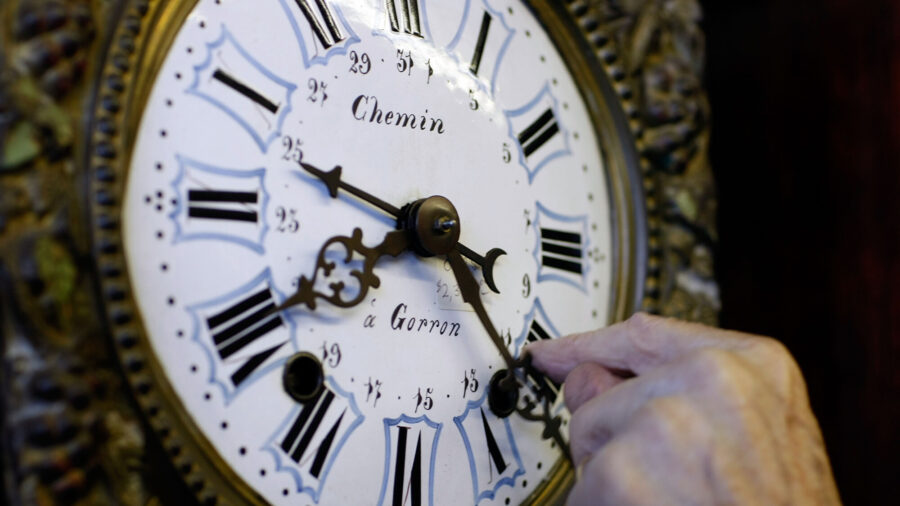A dozen bipartisan senators on March 8 agreed to advance legislation to end the bi-annual changing of clocks and make daylight saving time (DST) permanent.
The decision comes on the back of legislation that was passed in March 2022 by the U.S. Senate, which would have made daylight saving time permanent starting last year, although the bill did not have the legs to make it through Congress at the time, and remained stagnant until now.
However, a group of senators led Democrat Ed Markey and Republican Marco Rubio reintroduced legislation on March 8, two days before daylight saving time starts at 2 a.m. on March 10.
The bill passed in the Senate with a 37-9 vote. It will now to the House for consideration.
“Instead of springing forward and falling back every year, we should just make Daylight Saving Time permanent,” said Mr. Markey. “The antiquated biannual ritual of toggling between times isn’t just an inconvenience—it also has very real impacts on our economy, our energy consumption, and our health,” according to a press release.
“We’re ‘springing forward’ but should have never ‘fallen back.’ My Sunshine Protection Act would end this stupid practice of changing our clocks back and forth,” Mr. Rubio said in a statement.
The House already has a companion measure, H.R. 1279, also called the Sunshine Protection Act, which was introduced by Rep. Vern Buchanan (R-Fla.) in March 2023. In an interview with Fox News, Mr. Buchanan also pointed out the numerous benefits to health and the economy the permanent DST would provide.
According to supporters of the legislation, not turning the clocks back by an hour in fall would have a positive effect on people’s moods as it would reduce seasonal depression, and it would also mean that children get additional time playing outside when it’s light. Critics, meanwhile, have argued that children would be forced to go to school in the dark.
The end to clock-switching has seen the support of some lawmakers, although there has been uncertainty on whether to stick with daylight or standard time. President Joe Biden has never taken a position on the issue. Former President Donald Trump has previously affirmed support for the Sunshine Protection Act.
The issue has received support from dozens of states since 2015, with around 30 states having introduced legislation to end the practice of changing clocks twice a year. Some, however, proposed to follow through with it only if neighboring states follow suit.
Daylight saving time was first tried in 1918. Since the 1960s, it has been applied throughout most of the United States. Year-round daylight savings time was also used during World War Two. It was reintroduced in 1973 in an effort to combat the energy crisis by reducing fuel consumption. Public complaints, however, led to its reversal a year later.
According to the bill, Arizona and Hawaii would remain on standard time, as they do not observe daylight saving time, alongside American Samoa, Guam, the Northern Mariana Islands, Puerto Rico, and the U.S. Virgin Islands.
Reuters contributed to this article.


